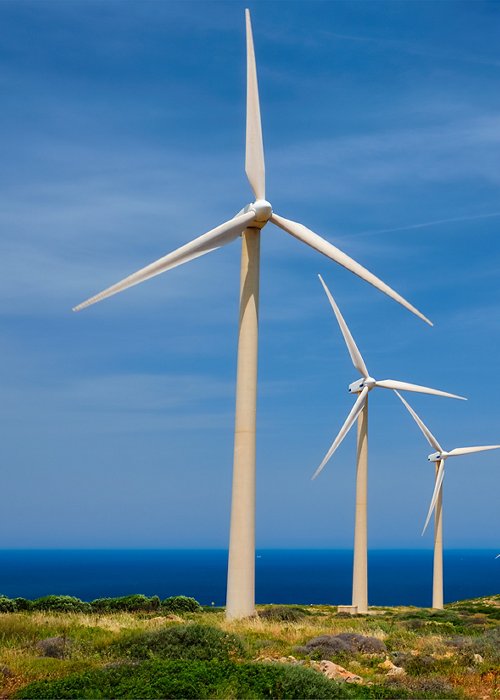Wind is a fundamental element on our planet and the main 'driving force' of the Earth's climate: there is no place on Earth where the wind does not blow, more or less intensely, for several days a year. In some areas of the planet, wind is one of the main agents of rock erosion, sediment transport and landscape shaping: think of desert and coastal environments, where the work of the wind leaves a strong imprint on the morphological characteristics of the landscape. Wind accompanies every meteorological disturbance, is responsible for the movement of waves in seas and oceans, and consequently for coastline morphologies, it determines the stability of the mantle of snow on high mountains and the morphologies of the snow- and ice-covered surfaces of Arctic and Antarctic areas. From the very beginning of history, man has realised the possibility of using wind power, first to move boats, then to run gears, move the vanes of windmills, and finally produce electricity.

